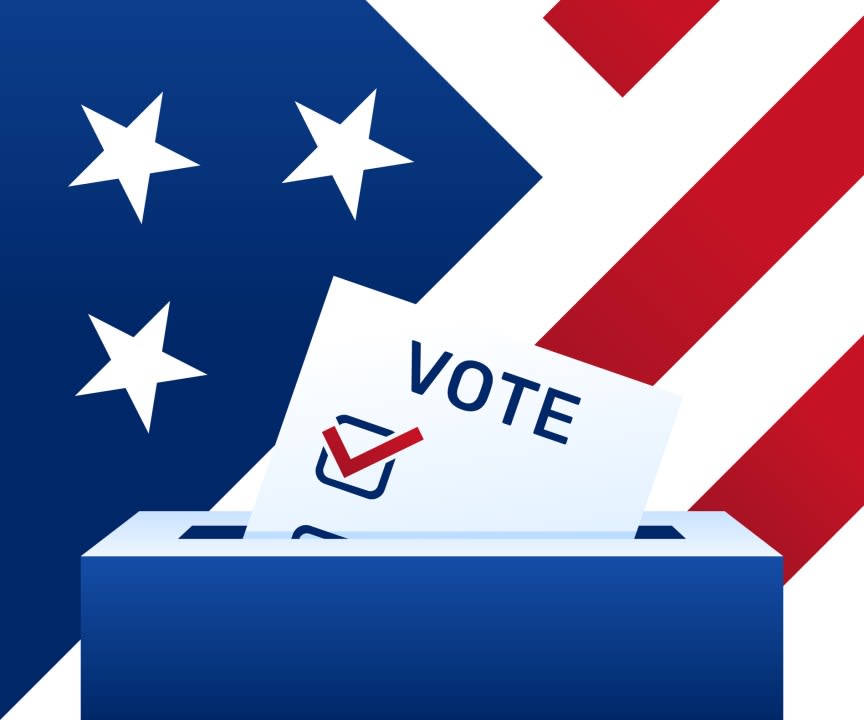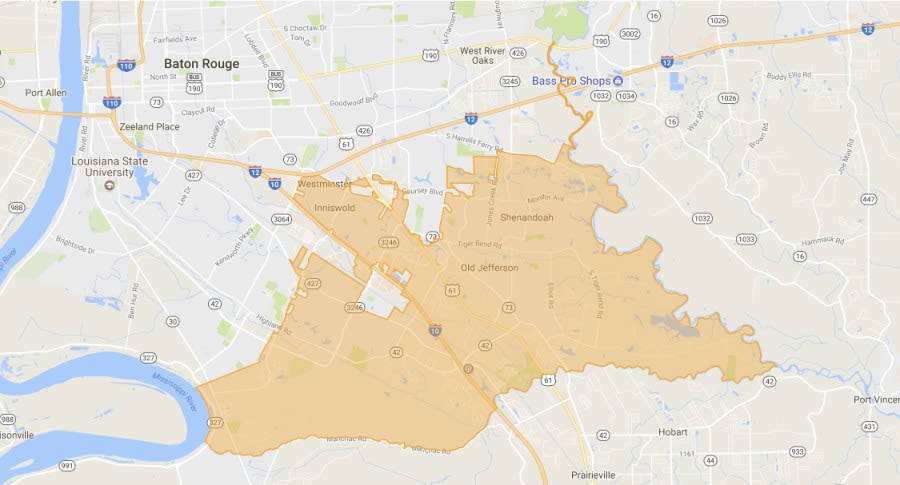Search results
News about Norfolk Southern Corporation, investigation, LLC
News about Louisiana, St. George, crown
Also in the news
Louisiana [pronunciation 1] (French: Louisiane [lwizjan] ⓘ; Spanish: Luisiana [lwiˈsjana]; Louisiana Creole: Lwizyàn) [b] is a state in the Deep South and South Central regions of the United States. It borders Texas to the west, Arkansas to the north, and Mississippi to the east.
- New Orleans
New Orleans (commonly known as NOLA or the Big Easy among...
- Flag of Louisiana
More than 100 pages use this file. The following list shows...
- List of Parishes in Louisiana
The U.S. state of Louisiana is divided into 64 parishes...
- History of Louisiana
Louisiana became part of the Louisiana Purchase from France...
- House of Representatives
The Louisiana House of Representatives (French: Chambre des...
- Louisiana (Disambiguation)
Historical places. Louisiana (New France), a historical...
- State Legislature
The Louisiana State Legislature (French: Législature de...
- John Bel Edwards
John Bel Edwards (born September 16, 1966) is an American...
- Baton Rouge
Baton Rouge (/ ˌ b æ t ən ˈ r uː ʒ / ⓘ BAT-ən ROOZH; French:...
- Monroe
Etymology. As governor of Louisiana, Esteban Rodríguez Miró...
- New Orleans
Louisiana (pronounced /lōō-ē'zē-ăn'ə/) is a state in the Southern United States of America. It had a population of about 4,533,372 people in 2010. The state has a total area of about 51,885 sq mi (134,382 km 2). Louisiana is the 25th largest state by population and the 31st largest state by area.
- April 30, 1812 (18th)
- Territory of Orleans
- United States
- Baton Rouge
- Overview
- Relief
- Drainage
- Soils
Louisiana, constituent state of the United States of America. It is delineated from its neighbours—Arkansas to the north, Mississippi to the east, and Texas to the west—by both natural and man-made boundaries. The Gulf of Mexico lies to the south. The total area of Louisiana includes about 4,600 square miles (12,000 square km) of inland waters. The capital is Baton Rouge.
Admitted to the union in 1812 as the 18th state, Louisiana commands a once strategically vital region where the waters of the great Mississippi-Missouri river system, draining the continental interior of North America, flow out into the warm, northward-curving crescent of the Gulf of Mexico. It is not surprising that seven flags have flown over its territories since 1682, when the explorer René-Robert Cavelier, sieur (lord) de La Salle, placed a wooden cross in the ground and claimed the territory in the name of France’s Louis XIV. The consequent varieties of cultural heritage run like bright threads through many facets of the social, political, and artistic life of the state.
With parts of its land lying farther south than any portion of the continental United States except southern Texas and the Florida peninsula, and with New Orleans, its largest city, lying on roughly the same parallel as Cairo, New Delhi, and Shanghai, Louisiana owes much of its complex personality to its geographic position. The subtropical climate of the state has provided the magnificent brooding scenery of the coastal bayous, and the lush, dank vegetation of its shores conceals a wealth of petroleum and natural gas. The fertile soil covering much of the terrain made Louisiana a rich agricultural area by 1860, with flourishing sugarcane and cotton plantations. A lumber boom occurred at the turn of the 20th century, and Louisiana underwent rapid industrialization after World War II. Mineral output is great, and the state ranks among the country’s leaders in oil and gas production.
But progress has not been without its tragic and turbulent aspects: bitter territorial disputes and violent internal struggles for political power impeded the social and economic development of the state and crippled many of its political institutions. The wealth of the plantations was accumulated through the extensive use of slaves, whose descendants comprise nearly one-third of Louisiana’s population and whose culture has contributed much to the social fabric of the state. Racial conflict marked the development of the state from the American Civil War period (1861–65) and Reconstruction (1865–77) through the civil rights movement of the 1950s and ’60s. The guarantee of suffrage (through the Voting Rights Act [1965]) and ever-increasing African American political involvement, however, have helped move the state toward being a more racially egalitarian society.
Britannica Quiz
USA Capitals and Nicknames Quiz
Three types of regions are found in Louisiana: lowlands, terraces, and hills. The lowlands consist of the coastal marshes and the Mississippi floodplain, with its natural levees and moderate relief. The Red River valley has a low-elevation relief, with red soils in its alluvial plain and many raft lakes built by impounding water from logjams. The terraces include much of the so-called Florida Parishes to the north and northeast of the Mississippi delta, as well as the prairies of southwestern Louisiana. Hills flank the Red River valley and lend contour to the northern portion of the Florida Parishes; the state’s highest point is Driskill Mountain (535 feet [163 metres]), in northwestern Louisiana.
Exclusive academic rate for students! Save 67% on Britannica Premium.
Louisiana shares the general physiographic characteristics common to the Gulf Coast states of the southern United States, with the vital exception of the Mississippi River, which borders and then flows through the state and extends its delta far into the Gulf of Mexico. The changing course of this great North American river has created the huge Atc...
The soils of Louisiana have been one of the state’s priceless resources; more than one-fourth of the total land area is covered by the rich alluvium deposited by the overflowing of its rivers and bayous. Muck and peat soils are found within the coastal marshes, while the bottoms hold rich alluvial soils: the lighter and coarser bottom soils of the ...
Louisiana is a state in the Deep South and South Central regions of the United States. It borders Texas to the west, Arkansas to the north, and Mississippi to the east. Of the 50 U.S. states, it ranks 20th in land area and the 25th in population, with roughly 4.6 million residents.
People also ask
What is Louisiana known for?
What is the largest city in Louisiana?
How many people live in Louisiana?
What is the history of Louisiana?
Nov 17, 2009 · Learn about the history, culture and history of Louisiana, the largest state in the South and the third largest in the United States. Explore its native American, colonial and statehood history, its diverse regions and cities, its famous attractions and events, and its challenges and achievements.
Louisiana is a South Central U.S. state, with a 2020 U.S. census resident population of 4,657,757, and apportioned population of 4,661,468.




